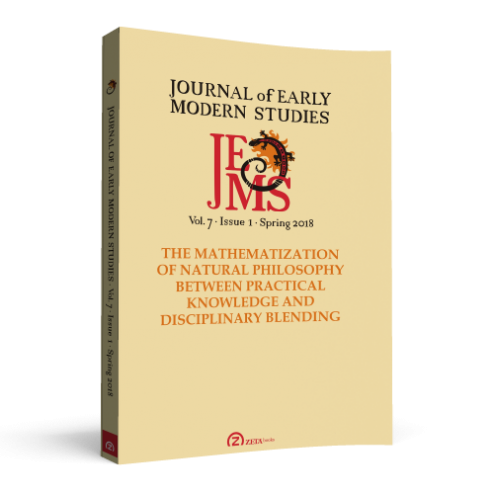Rotating Poles, Shifting Angles and the Use of Geometry (Bond’s Longitude Found and Hobbes’ Confutation)
Rotating Poles, Shifting Angles and the Use of Geometry (Bond’s Longitude Found and Hobbes’ Confutation)
Author(s): Laura GeorgescuSubject(s): Philosophy, Early Modern Philosophy
Published by: Zeta Books
Keywords: Thomas Hobbes; Henry Bond; mathematics; natural philosophy; natural sciences; magnetism; longitude;
Summary/Abstract: In The Sea-Mans Kalendar (1636 [1638?]), Henry Bond predicted that magnetic declination would be 0° in 1657, and would then increase westerly for (at least) 30 years. Based on these predictions, Bond went on to claim, in The Longitude Found (1676) that, by using his model of magnetism, he can offer a technique for determining longitude. This paper offers an assessment of Bond’s method for longitude determination and critically evaluates Thomas Hobbes’s so-far neglected response to Bond’s proposal in Decameron physiologicum (1678), in which Hobbes complains about what he takes to be Bond’s implicit natural philosophy and about his use of spherical trigonometry.
Journal: Journal of Early Modern Studies
- Issue Year: 7/2018
- Issue No: 1
- Page Range: 15-45
- Page Count: 31
- Language: English
- Content File-PDF

